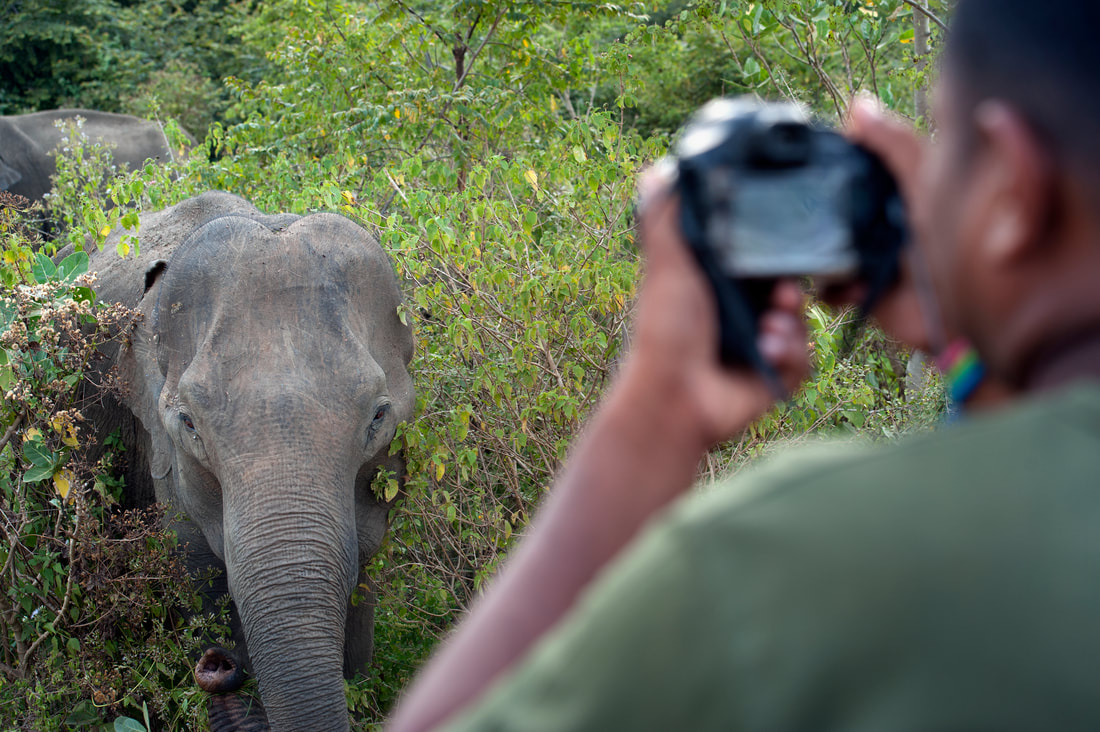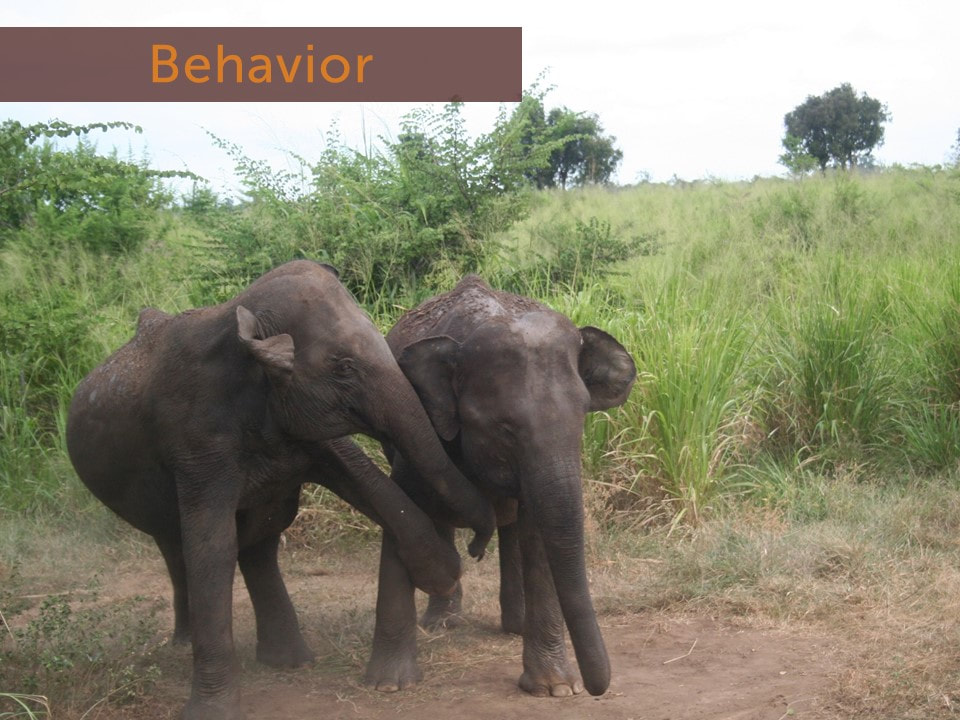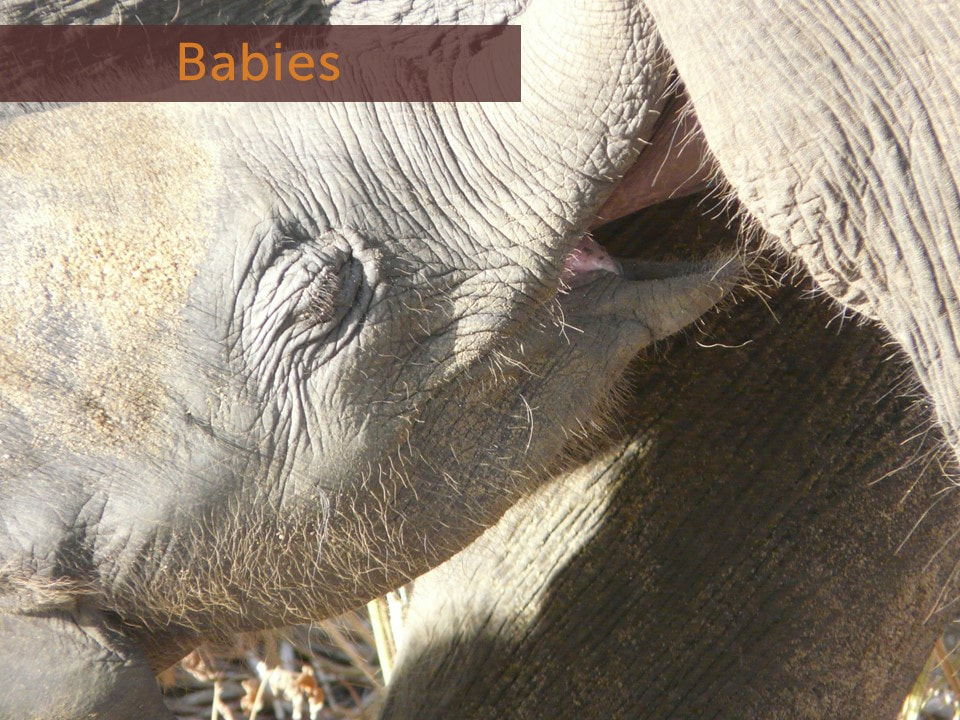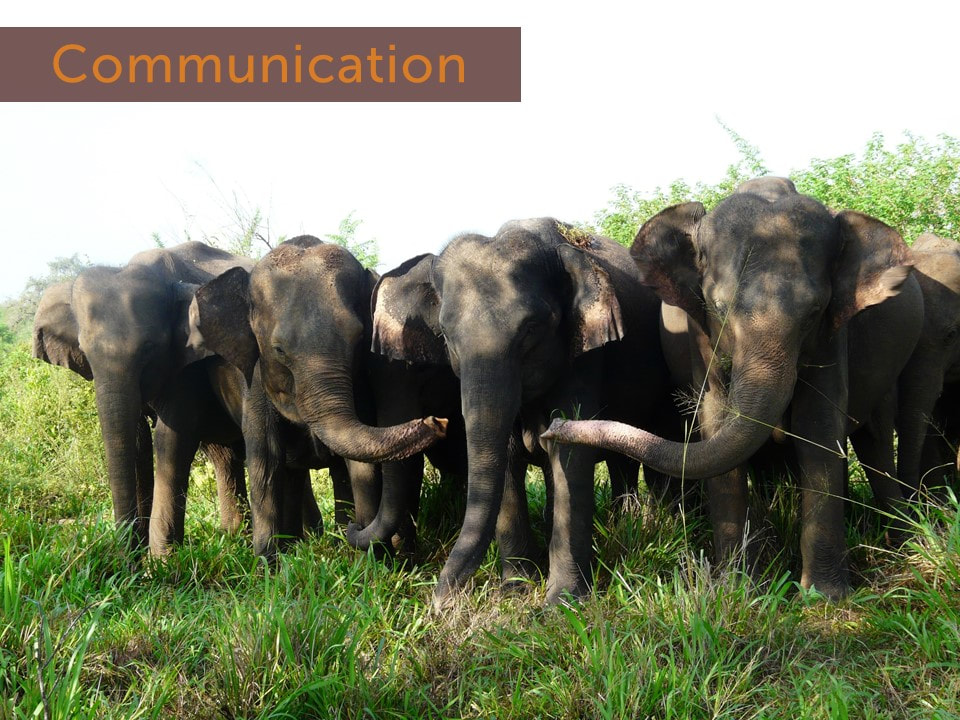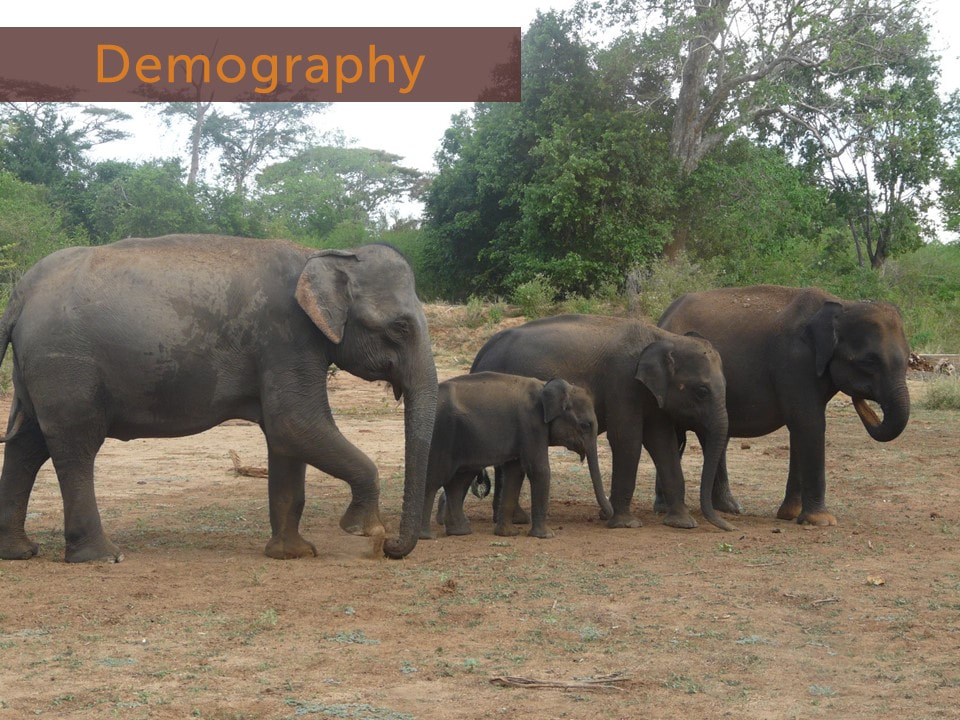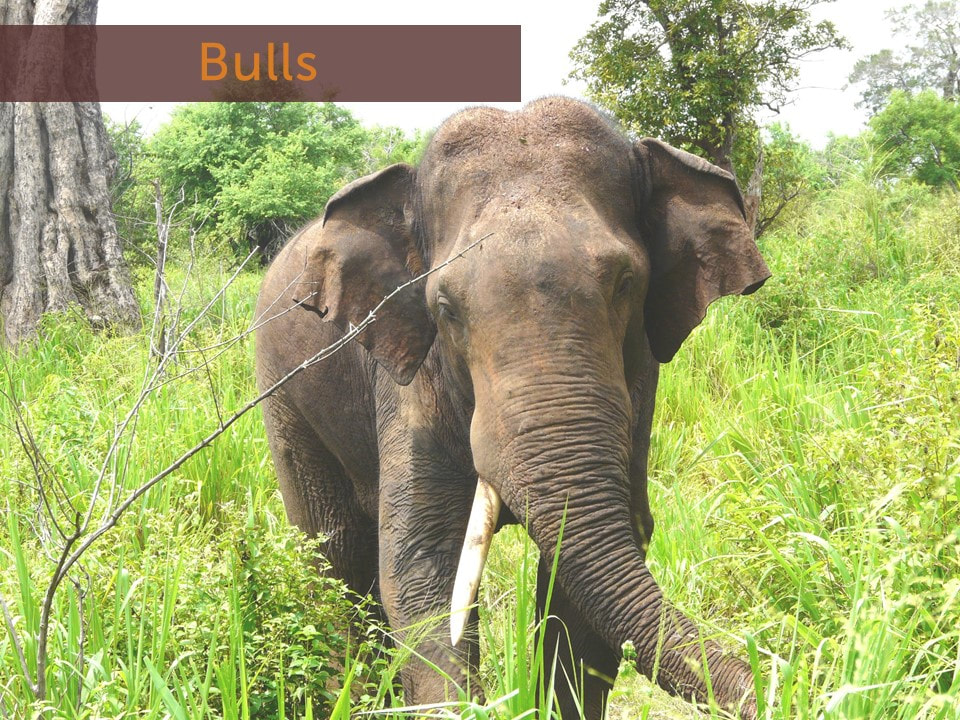|
Why is research needed?
As the largest land mammals in Asia, Asian elephants have their own unique needs. Despite their long history of use in captivity, wild Asian elephants are generally very shy and cryptic, and with good reason - humans have preyed on elephants throughout much of our evolutionary history.
The Udawalawe Elephant Research Project is the longest-running individual-based research project on wild Asian elephants, initiated in 2005. We study elephants so that we can understand what their social and ecological needs are so that wild populations can be managed sustainably. Support this unique project and learn more about the elephant families we know and love by donating or adopting today! |
Trunks & Leaves Inc. is a registered 501(c)3 nonprofit based in the United States.
Trunks & Leaves Inc.
82 Wendell Avenue, STE 100, Pittsfield MA 01201, USA
Trunks & Leaves Inc.
82 Wendell Avenue, STE 100, Pittsfield MA 01201, USA


